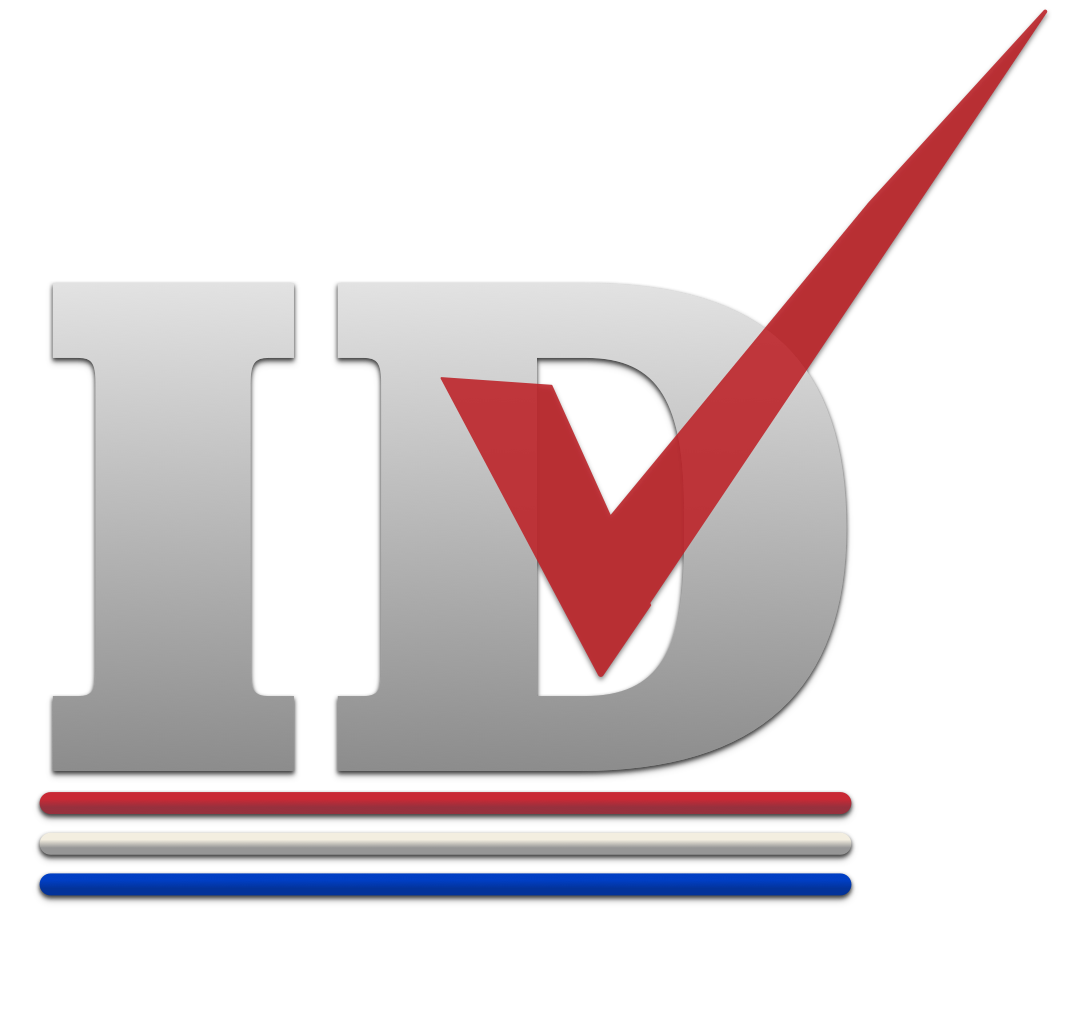UX/UI DESIGN
RESEARCH
PRODUCT DESIGN
WHY?
Voting in the United States is one of the most under-utilized rights afforded to Americans. The fact that this right has been paid for in blood, sweat, and tears by multiple groups only underlines its importance. For this reason, it's imperative that voters are armed with usable information to make decisions.
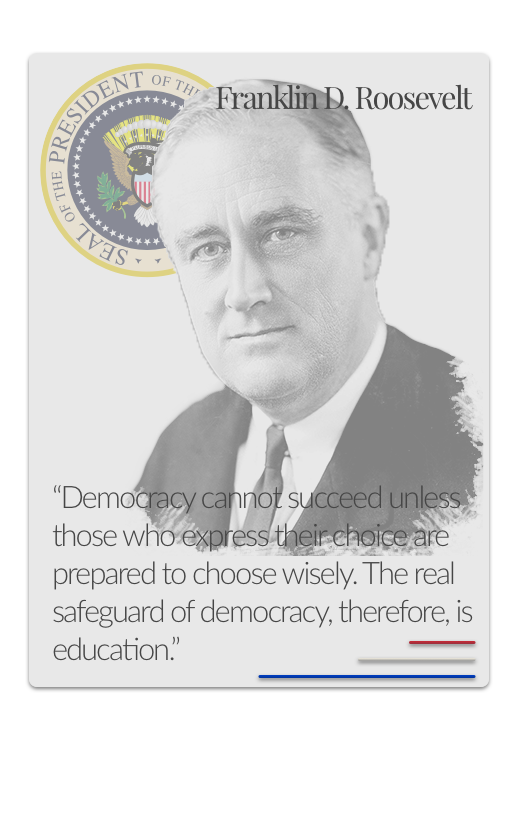
CHALLENGE
One of the primary reasons citizens don't vote is a lack of knowledge about the issues, candidates, or the political process in its entirety. The challenge is to create a solution that educates for the short and long-term, while maintaining sensibility toward short attention spans in today's technical climate. Surveys and interviews will be relied upon heavy as the user's pain points in the political process are paramount.
DISCOVERY
Before moving any pixels, the conscious of the user need to be identified. What’s important? What do they need to make decisions they can be proud of? The decision was made to survey potential users in order to create a data-driven design that satisfies the projected needs.
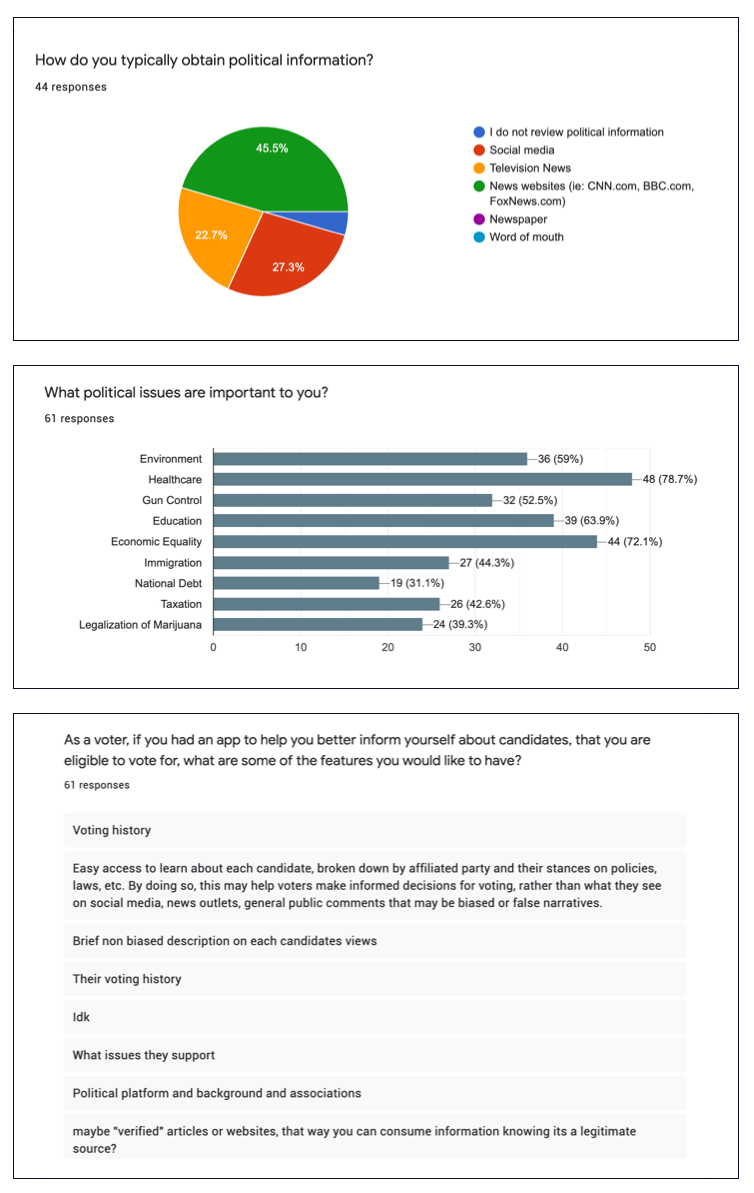
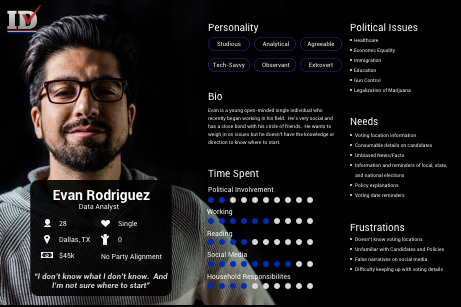
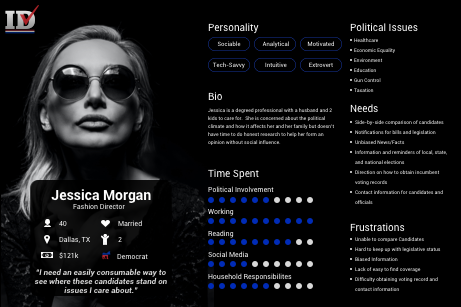
PERSONAS
VISION
Focus on a 'baseball card' type of approach. From the Discovery stage, it was determined that users are looking for information without having to dig for it. They want quick comparisons and concise data that arm them to make solid, meaningful decisions.
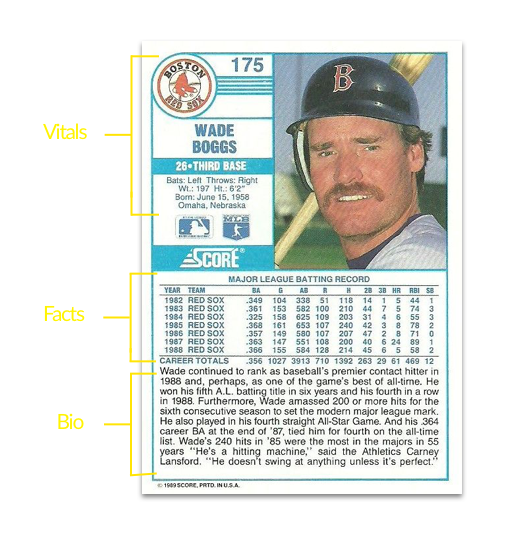

FRAMEWORK
After site-mapping based on the research, wireframes were created as the building blocks of the application
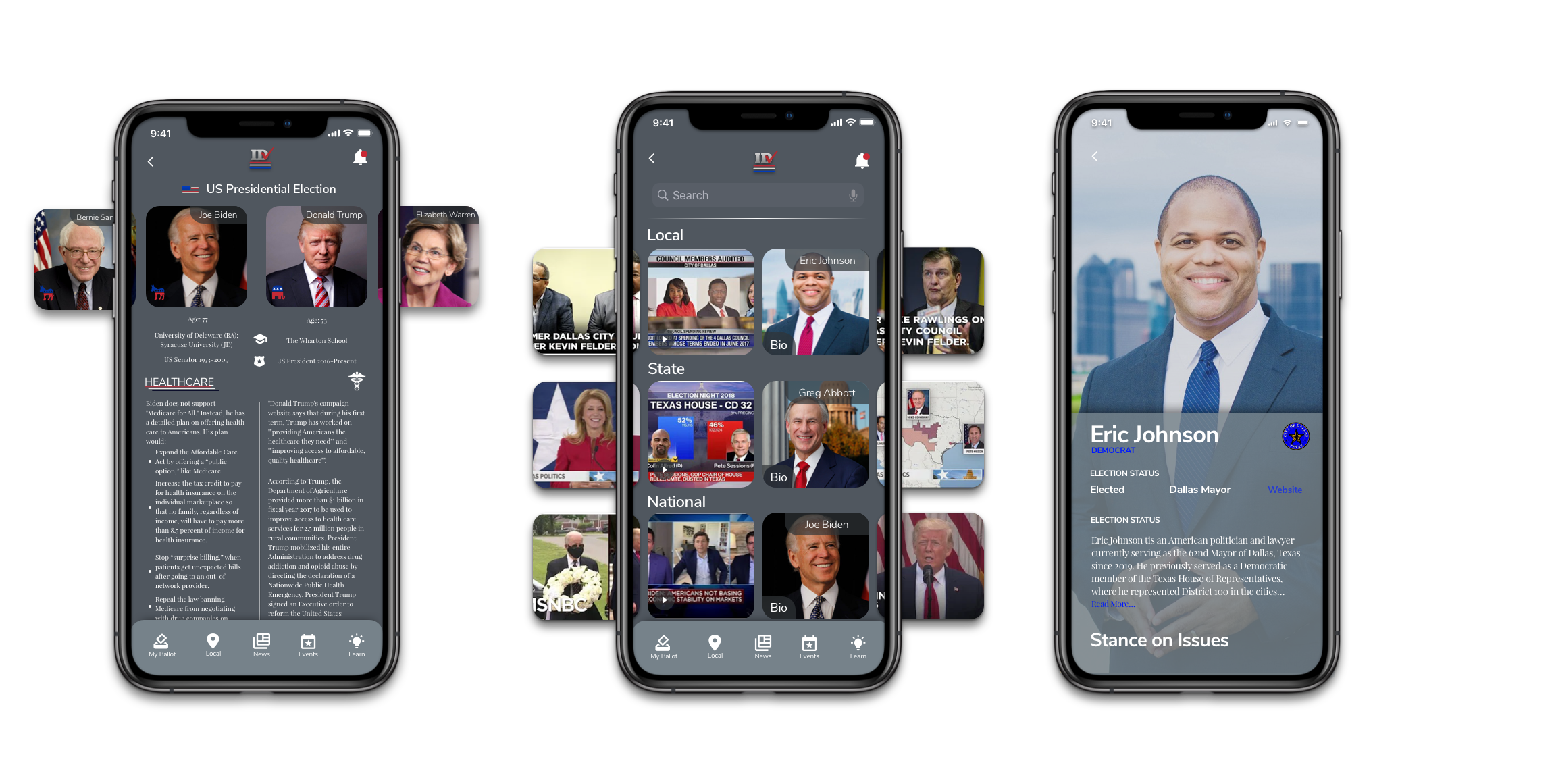
PROTOTYPE
With the gathered understanding from testing and iterating, the prototype was created in response to the users needs. An important trend learned during the discovery phase was that users needed a bottom up approach, starting from local races and policies, up to national races and policies. It was determined that users are more oblivious to the changes closest to them due to the way media focuses on national issues.
TAKEAWAYS
Just as in Democracy, the people's (or users) needs determine the final product. In this instance, a lot was learned by interviewing and surveying potential users. Asking the "right" questions and taking information in without bias was key to creating a solution that would meet the users needs. The problem statement and data provided the true Northstar, as it should. One major takeaways was to not make assumptions or create needs based on personal bias. It's okay to feel an attachment to the project but it's extremely important to balance the needs of the many to create a successful solution.
